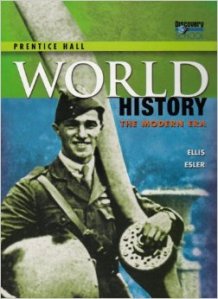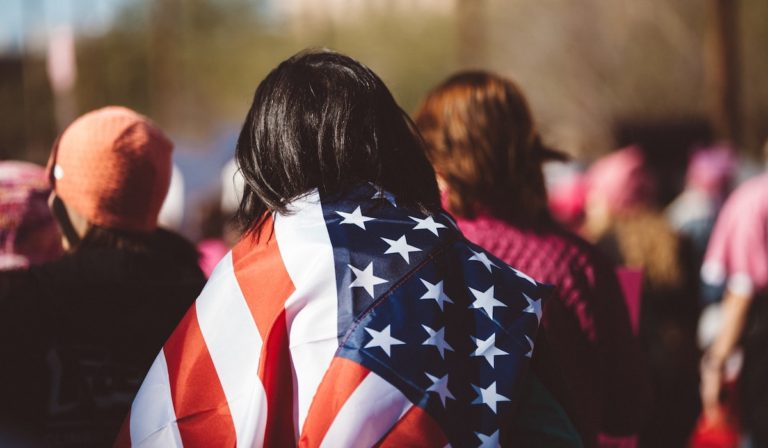It’s been a while since I’ve written a blog post and an even longer time since I’ve written one pertinent to my career interests.
Yesterday, I attended Ingenguity’s Media Arts Summit. For three hours, directors from media arts organizations from across Chicago met to address ways in which collaborations between schools and organizations could be formed and strengthened. Ingenuity Inc. has done some really impressive research on the varying states of art infrastructure in Chicago Public Schools and shared highly insightful and helpful resources, such as the artlook map and artlook partners interface.
As an initial activity and point of discussion, the event facilitators asked each organization representative to go around the room and indicate what media arts programs they provided. The categories included:
- Audio & Digital Music
- Cinema Studies
- Design
- Digital Media
- Photography
- Social Media
- and Media Literacy
I understand that the exercise was intended to get a better sense of the services offered by the organizations present and I recognize that an awareness of such distinctions is important. But the framing of the activity made me reflect on my thoughts about media arts and media literacy in particular. While I respect media arts as a field and applaud the great work that is being done to ensure youth are given opportunities to express themselves multimodally, I believe media arts is a subset of media literacy and not the other way around.
From my experiences, media arts often eludes to the creative process involved in producing and sharing digital media artifacts. But to me, media needs to be recognized as so much more than just digital compositions and this expansive understanding of media needs to be an integral component of literacy across varied disciplines. When the term media is thought of as merely digital and placed within a specified art category, our understanding of the media’s impact on our lives is limited.
Stylistic ways to communicate stories and ideas may be explored in schools through media arts, but such expression is only one side of the coin. Everyone needs to understand that they also “read” a plethora of media messages every day… from the cereal box in the morning to the music playing while in transit to the reports read while on the job… media influence our values, understandings and actions. Without analyzing media texts and reflecting on the ways we interact with them, we will be susceptible to producer’s intentions, enforced sterotypes, and the common act of ‘seeing’ only messages that align with our perspectives or those of the privileged majority.
 By integrating media literacy across all subjects there can be an increased effort to more deeply understand topics through diverse views and interpretations. As Winston Churchill stated, “history is written by the victors.” Textbooks and canonical literature, which take the forefront of traditional academic curricula, often tell the narrative of the victors or the majority. It is crucial to acknowledge that these texts are media messages. They were produced by someone for some purpose. They have embedded values and beliefs. Textbooks and classics should not be disposed, but rather acknowledged as a mere part of the larger media landscape.
By integrating media literacy across all subjects there can be an increased effort to more deeply understand topics through diverse views and interpretations. As Winston Churchill stated, “history is written by the victors.” Textbooks and canonical literature, which take the forefront of traditional academic curricula, often tell the narrative of the victors or the majority. It is crucial to acknowledge that these texts are media messages. They were produced by someone for some purpose. They have embedded values and beliefs. Textbooks and classics should not be disposed, but rather acknowledged as a mere part of the larger media landscape.
I am passionate about holistically embedding media literacy in schools because I see a direct relation between our ability to critically consume information and our roles as informed and responsible citizens. With so much information ceaselessly surrounding us through billboards, magazines, social media and so forth, we get the elusion that we are adequately informed on a vast array of topics, but the information overload, personalized marketing techniques, and rapid speed of content creation and interaction lead us to have a more narrow and shallow experience with texts.
Its time to take a step back and see the water that we’re swimming in. Media are all around us. We consume, create, comment on and share information in a myriad of ways everyday. We need to be consciousness of the ways in which messages are impacting us and how our expressions may influence others. Beyond creating in the arts and reading in class, we need to question the world that we live in through constant deconstructions of media texts.



